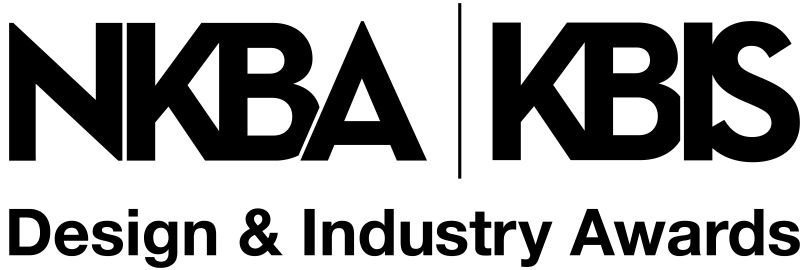The American Society of Interior Designers (ASID) released its 2018 Outlook and State of the Industry (OSI) report yesterday, providing a scan of essential knowledge interior designers and the interior design industry require to thrive and remain competitive in 2018 and beyond. The 80-page ASID OSI explores the status of the U.S. economy as a whole and offers an in-depth look at the interior design and construction industries specifically; discusses current trends in design and their implications for the profession moving forward; and concludes with a look at the societal and technological advancements that will influence the interior design industry into the future.
“As we move into a period of steady economic growth, combined with emerging trends and rapid changes in society, the interior design profession is challenged to review its business models to be ready for what comes next,” said Randy Fiser, Hon. FASID, CEO, ASID. “ASID provides this comprehensive look, provided by three industry-leading experts and is confident that, armed with this research, designers will be equipped to respond to the changing economic and professional landscape they face in 2018 and into the future.”
The OSI traces the progress and setbacks of the U.S. economy and construction industry since the Great Recession of 2008. Authored by Bernard M. Markstein, president and chief economist with Markstein Advisors, the study examines the effects of inflation, trade, fiscal policy, and construction on seven sectors of the design industry—residential, commercial, institutional, hospitality, retail, education and healthcare. Markstein finds that while still recovering, the U.S. economy is now at or near full employment, and expects moderate economic growth in 2018 and 2019. The author offers a review of the risks to the economy and expectations on the stability of the interior design industry.
“The outlook for the United States economy is solid, moderate growth this year and next,” Markstein said. “Construction will hold its own while hospitality, office, and retail construction will grow more slowly. Education and healthcare facilities construction, which have lagged in recent years, will perform better and residential construction will remain a strong growth area. Within this changing landscape, there are many opportunities for the interior design industry.”

Michael Berens, M.S., Ph.D., freelance writer, editor and researcher, provides an overview of design industry specific data on the state of the profession today, followed by an analysis of the impact of micro and macro-trends and their implications for the design community. Demographic shifts, emerging technologies, competition from non-designers and other factors have an effect on the industry every day. In light of these developments, Berens discusses the need for designers to reposition themselves and their services in the marketplace and recalibrate their value proposition in order to remain competitive.
“With the economy growing, tax incentives for companies, and continued demand for remodeling services, the interior design industry should continue to see positive growth in 2018,” said Berens. “However, designers face a number of challenges, including competition from non-design and technology providers. The issue for the profession is not whether there will be a demand for interior design services, but rather, of what kind and provided by whom.”
Finally, Susan S. Szenasy, Hon. FASID, director of Design Innovation for METROPOLIS, offers an assessment of the future of the interior design profession in our rapidly evolving world. Szenasy believes designers must understand the impact of change on their personal and professional lives and exercise agility and a willingness to address societal and technological change in their work. Designers can play a critical role in solving complex problems by focusing on developments such as technology, circadian lighting, and material health. Through interviews with more than 20 industry leaders, Szenasy was able to take a pulse of the current technological climate while also providing a window into the future of design.
“While most interior designers are friendly with such technologies as virtual reality, and many make use of it for presentations, we are reminded that design is an ‘iterative’ process, and that for it to be successful, there needs to be a series of discovery moments, which the rapid pace of VR doesn’t allow,” Szenasy said. “The connection of digital technology and the increased emphasis on well-being will continue to shape interior design.”
The report is available for download via the ASID website.








